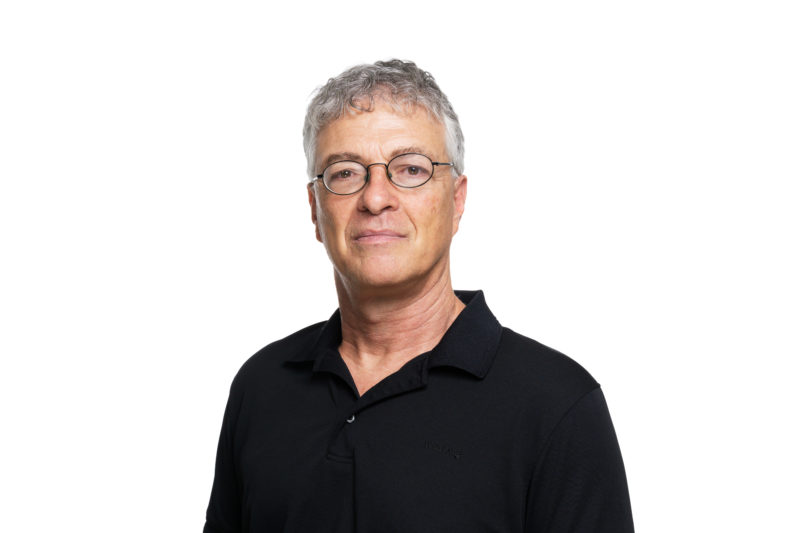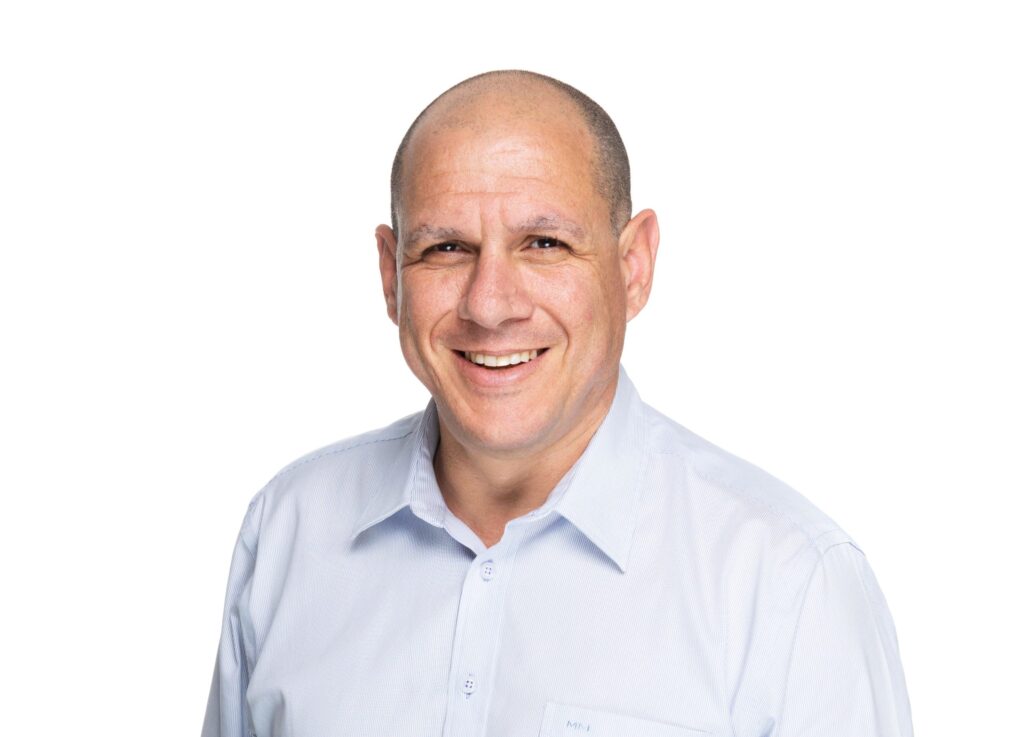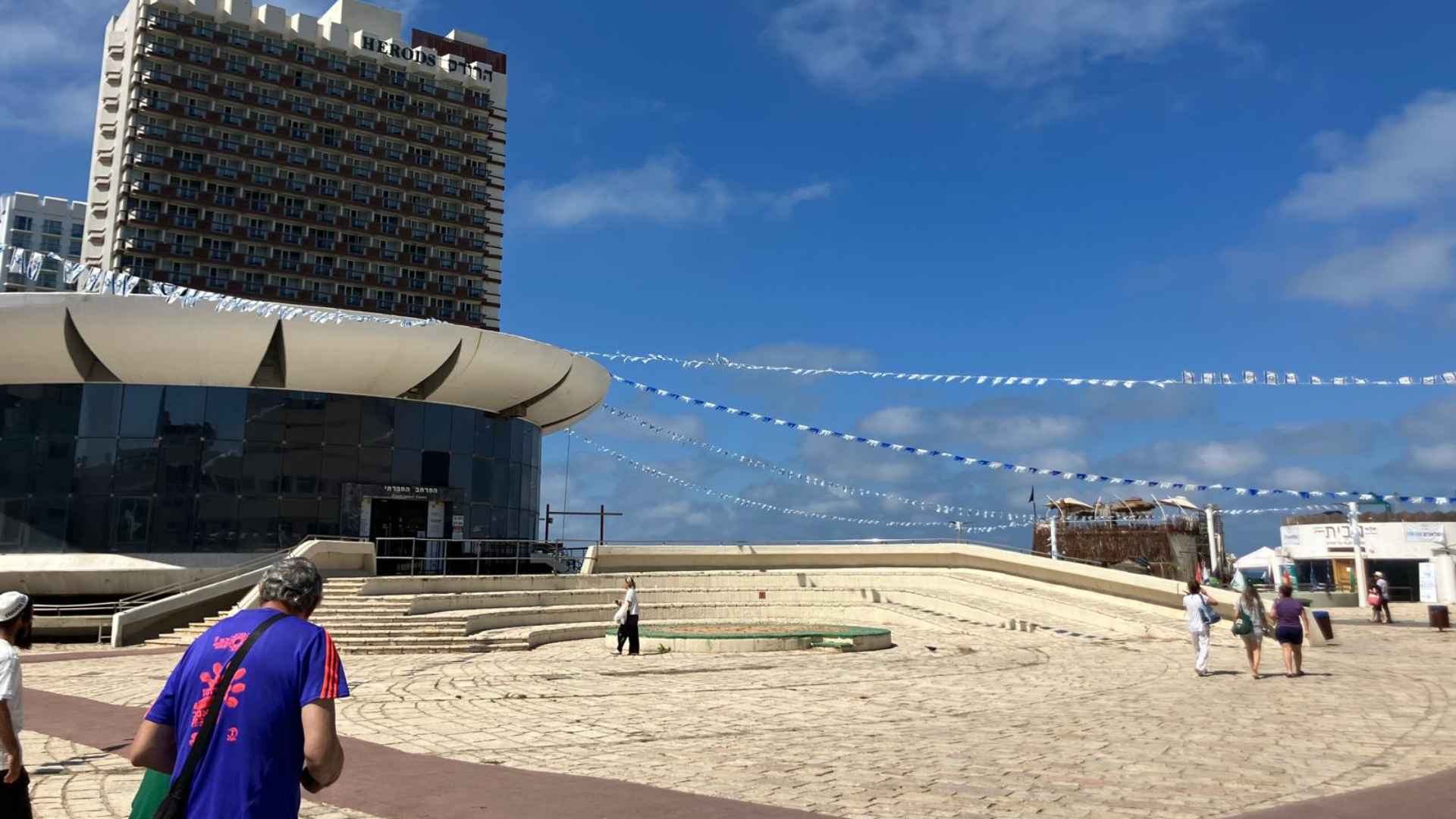In July 2025, the Israeli Knesset introduced a groundbreaking legislative proposal aimed at transforming urban public spaces in the face of climate change. The ‘Mandatory Urban Shading Law’ requires all new development plans to include a minimum level of shading across public spaces, with a goal of protecting public health, reducing urban heat islands, and enhancing walkability and quality of life – particularly in dense, heat-vulnerable communities.
Eli Ben Ari, Legal Advisor at Adam Teva V’Din, worked closely with Knesset Members to reach agreement on a balanced and workable bill. “The bill we drafted brings new definitions as to what counts as public space to be shaded – sidewalks, pedestrian and bike paths, public squares, as well as sports areas.” Planning authorities will be required to include a ‘shading plan appendix’ in all new urban development. “No final occupancy permit can be issued until shadings is implemented,” Bed Ari added.

Why this ‘Shade’ bill matters
This legislative effort, led by a cross-party coalition of Knesset Members, is a model for climate-resilient planning. It embeds shading requirements into Israel’s national planning law for the first time, and defines clear responsibilities for planners and municipalities alike. The bill is anchored in scientific evidence, economic cost-benefit analysis, and international best practices for climate adaptation.
Seniors, children, and low-income communities suffer most from exposure to heat and lack of walkable, shaded environments. Government-backed studies show that shading can generate thousands of shekels in annual health and mobility benefits per person – far outweighing installation costs.

Amit Bracha, Adam Teva V’Din’s executive director says the bill includes many months of research by our Climate Resilience team – and by our economist, who developed a practical calculating device to help local authorities measure urban areas most exposed to heat, to identify key spots where people gather. He adds, “Our team also worked with students at the Bezalel Academy of Arts & Design on model artificial shading device that could be developed to expand rapidly the number of ‘cool spots’ available to the public.”





